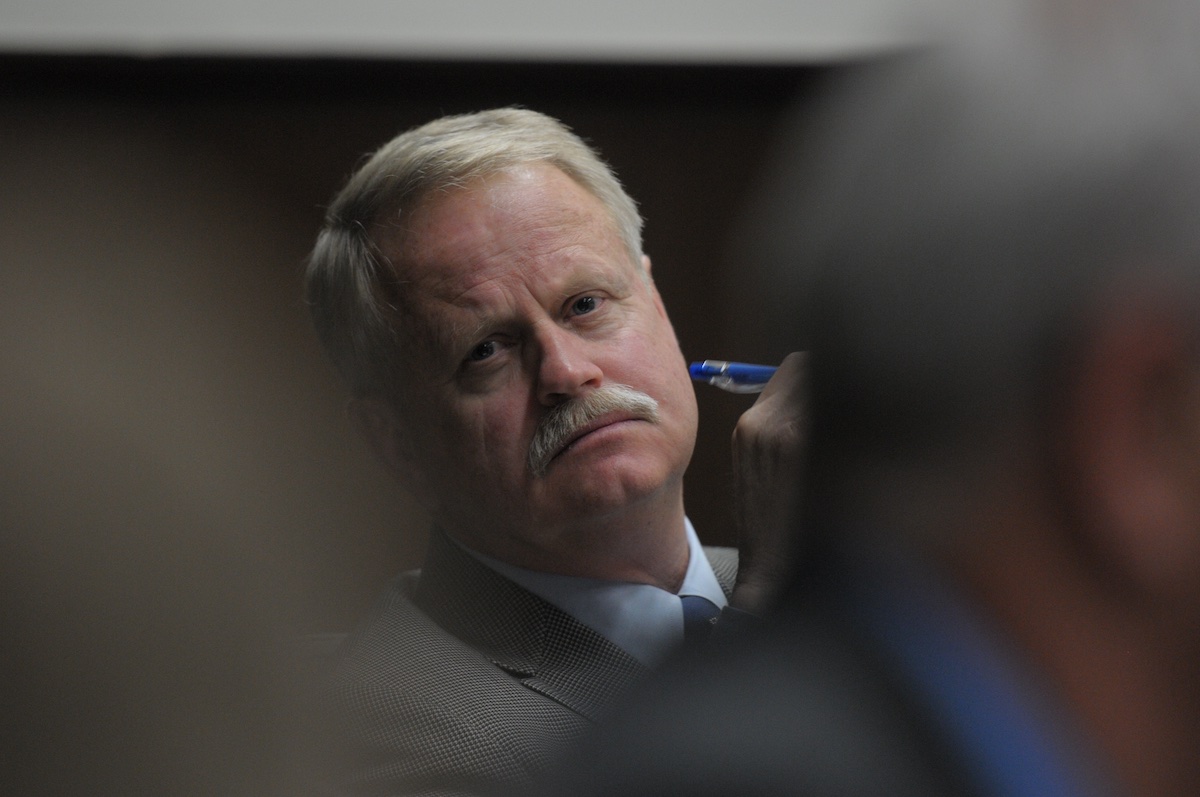Santa Barbara Declares Stage II Drought
But Is the Governor’s One-Size-Fits-All Approach Way Too Tight?

As usual, Santa Barbara City Councilmember Mike Jordan asked the most questions. He also asked one that induced a condition approximating whiplash for Mayor Randy Rowse. The subject at hand was water, as in the Stage II drought declaration the council adopted this Tuesday at the insistence of Governor Gavin Newsom despite widespread grumbling that the governor’s one-size-fits-all approach treated Santa Barbara’s conservation-minded water customers unfairly.

Jordan, who in a prior incarnation served on the state’s regional water quality control board, was drilling down on what the new Stage II restrictions actually might mean. Why, he asked, were people still allowed to water their plants by hand during the afternoon if most irrigation under the new rules was limited to between the hours of 8 p.m. and 6 a.m.? Jordan shared how when he watered his blueberries growing in his front yard, “I feel like I’m standing there naked with the hose,” he said. In response, Mayor Rowse joked, “I got distracted by my colleague Mr. Jordan watering his blueberries naked.”
Jordan’s point was that he felt naked in the eyes of his neighbors for watering with so crude and inefficient an instrument as a garden hose. He would be assured by the team of three city water planners present that hand-watering was not banned because it would pose a hardship on gardeners — who typically work during daylight hours — and because most hand-watering involves a relatively tiny amount of H2O.
That’s about as simple as it got. Little wonder the council voted to spend up to $200,000 — over the next five years — on a public relations company to help get the city’s less-than-simple message across when it comes to water conservation. Currently, 95 percent of California finds itself gripped by a drought classified by the federal government as either severe, extreme, or exceptional. As a result, late this May, the State Water Board — with the backing of Governor Newsom — ordered all municipal water purveyors to adopt plans to cut back water consumption by 20 percent over what they were using in 2020.
Sign up for Indy Today to receive fresh news from Independent.com, in your inbox, every morning.
Santa Barbara’s problem is that its customers have been using 25 percent less than what they were back in 2013, back when the last drought started. If the state’s new guidelines were added to that 25 percent, city water planners have strenuously objected, they’d be forced to reduce usage by 35-37 percent. To put that in perspective, city water customers achieved reductions of 40 percent in 2016, but that was during the most desperate depths of the last drought when Lake Cachuma, the South Coast’s largest water repository, bore a frightening resemblance to an almost empty bathtub.
The question confronting city water supply planners like Dakota Corey is how much they should get customers to cut back when, in fact, Santa Barbara has more than enough water to get through the next two years whether it rains or not. Only in 2025 — assuming no rains — does the pinch become real. Bailing the city out, of course, has been its desalination plant, which is currently calibrated to produce 3,150 acre-feet of water a year, much of which is now sold to the Montecito Water District.
Corey’s solution to this conundrum was for the council to declare a Stage II drought alert — which requires people to use control nozzles on their hoses and prohibits them from washing their cars or hosing off the sidewalk — but without setting any specific numerical targets for water use reduction. (Non-functional fields — those on which no soccer balls can be dribbled nor Frisbees tossed — can no longer be irrigated.) And City Hall will resurrect its lawn rebate program, setting aside $50,000 to help customers replace their lawns with something else.
Councilmember Jordan, once again, had something to say about the declaration’s striking lack of specificity. “We need to see a number we’re chasing,” he cautioned. With climate change, he said, the future is now. “We’re already there. Despite conservation we’ve had in the past, our future is one of overall less water use. Let’s put a number to it, and let’s get there.”
Support the Santa Barbara Independent through a long-term or a single contribution.




You must be logged in to post a comment.